Using Turbidity for a Natural Light Ambient Source
This page describes the impact of the turbidity on the simulations' results.
Definition of turbidity (A Practical Analytic Model for Daylight, A. J. Preetham, Peter Shirley, Brian Smits): Turbidity is a measure of the fraction of scattering due to haze as opposed to molecules. This is a convenient quantity because it can be estimated based on visibility of distant objects.
In Speos, the turbidity allows you to adjust the luminance of the sky but it does not alter the density of the air. The turbidity does not impact the water particles present in the air. Therefore, the source does not generate fog or haze.
To generate fog, the Ambient Material must be modified by loading a new material or adjusting the refractive index of the air.
In the following example, we consider the average luminance value of the measurement point indicated on the left plastic ball and we let the turbidity vary between 1.9 and 9.1.
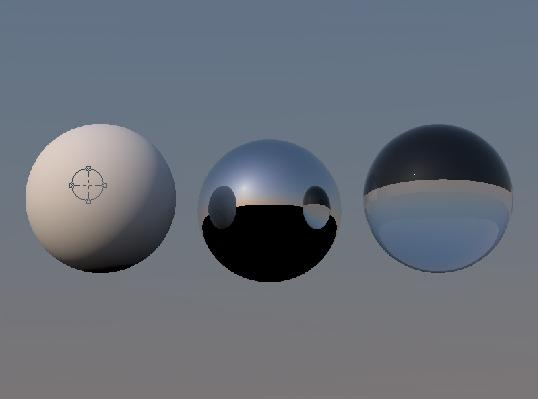
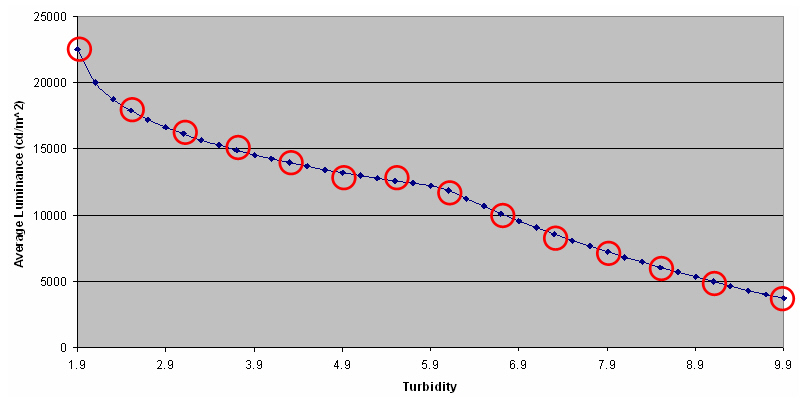
| Turbidity | Normalized Simulation Result |
|---|---|
| 1.9 | 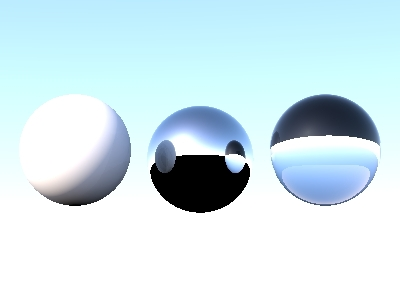 |
| 3.1 |  |
| 5.5 | 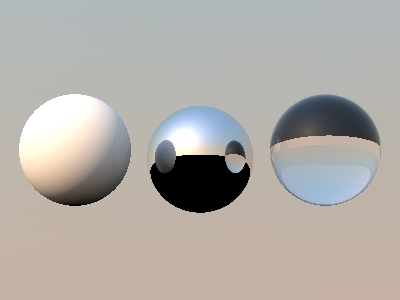 |
| 9.1 | 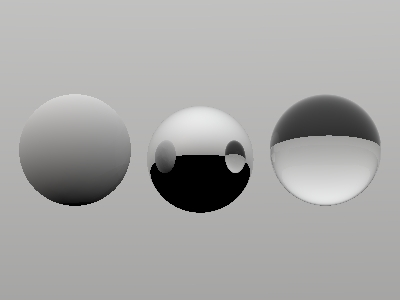 |


